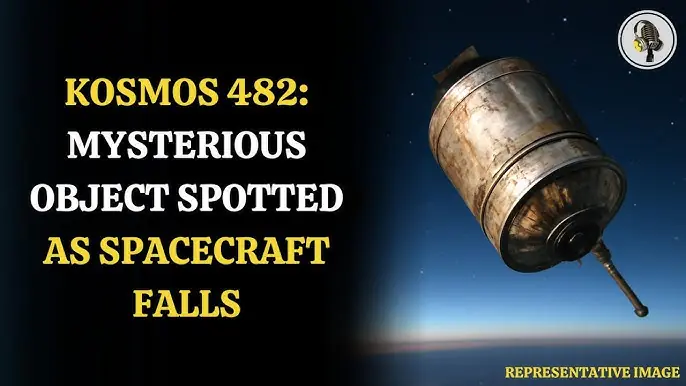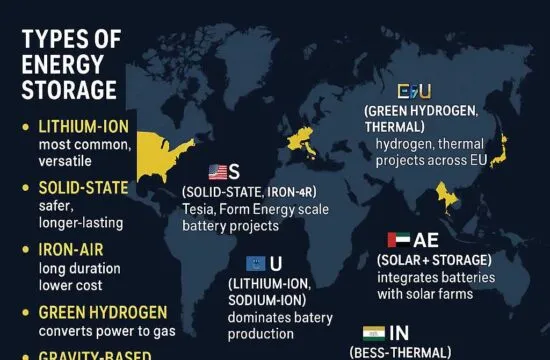On May 10, 2025, the Soviet-era spacecraft Kosmos 482 re-entered Earth’s atmosphere, concluding a 53-year journey in low Earth orbit. Originally launched on March 31, 1972, as part of the Soviet Union’s Venera program aimed at exploring Venus, the mission failed to escape Earth’s gravity due to a malfunction in the fourth stage of its Molniya-M launch vehicle. As a result, the spacecraft remained in orbit until its recent descent.(AP News, ElHuffPost, The Sun)
The re-entry occurred over the Indian Ocean, west of Jakarta, Indonesia, at approximately 2:24 a.m. EDT (6:24 a.m. GMT). Roscosmos, the Russian space agency, confirmed the event, noting that no damage or injuries were reported. The exact location of the lander’s impact remains uncertain, and it’s unclear whether any parts of the spacecraft survived the re-entry intact. (Live Science, AP News)
Kosmos 482’s descent module was a titanium-encased sphere designed to withstand the extreme conditions of Venus’s atmosphere, including high temperatures and pressures. This robust construction raised the possibility that some components might have survived the fiery re-entry through Earth’s atmosphere. (Rice News, AP News)
The spacecraft’s prolonged presence in orbit and eventual uncontrolled descent highlight the challenges posed by space debris. With thousands of objects orbiting Earth, tracking and managing such debris is crucial to prevent potential hazards. Kosmos 482’s re-entry serves as a reminder of the importance of monitoring aging satellites and defunct spacecraft to mitigate risks associated with uncontrolled descents.(AP News)
For a visual representation of Kosmos 482’s re-entry, you can watch the following video:
UPDATE! 53 Year Soviet Spacecraft COSMOS 482 Reentry
This event underscores the enduring legacy of early space exploration efforts and the ongoing need for responsible management of space assets.











